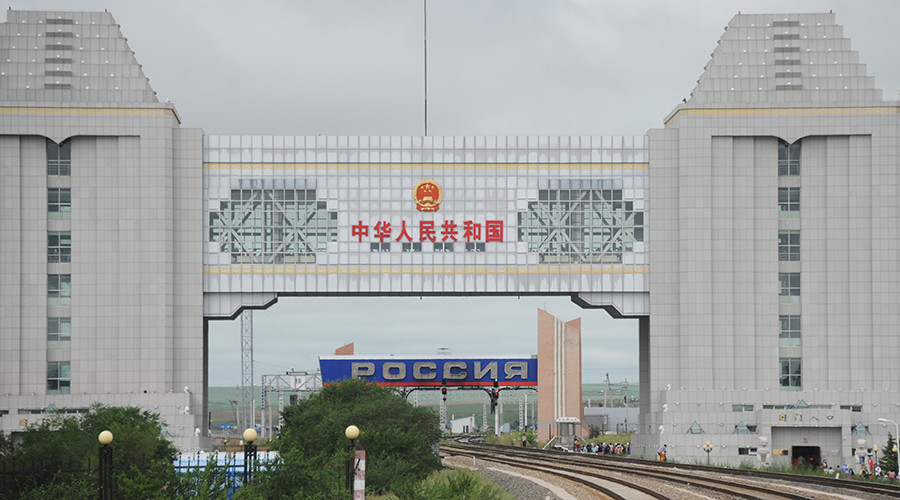William Engdahl is an award-winning geopolitical analyst and strategic risk consultant whose internationally best-selling books have been translated into thirteen foreign languages. He has lectured as Visiting Professor at Beijing University of Chemical Technology and delivers talks and private seminars around the world on subjects of current importance from economics to oil geopolitics to agribusiness. A widely discussed analyst of current political and economic developments, his provocative articles and analyses have appeared in numerous newspapers and magazines and well-known international websites. He is a Research Associate of the Centre for Research on Globalization in Montreal and member of the editorial board of Eurasia magazine. Based in Frankfurt, Germany he may be reached via his website
www.williamengdahl.com
In the very days when a deep split in the US Congress threatened a US government debt default, the gold price should normally jump through the roof, yet the opposite was the case. It is worth a closer look why.
Since August 1971, when US President Richard Nixon unilaterally tore up the Bretton Woods Treaty of 1944 and told the world that the Federal Reserve ‘gold window’ was permanently closed, Wall Street banks and US and City of London financial powers have done everything imaginable to prevent gold from again becoming the basis of trust in a currency.
On Friday, October 11, when there was no sign of any deal between US Congress members and the Obama White House that would end the government shutdown, the Chicago CME Group, which operates Comex – the Chicago Commodity Exchange, where contracts in gold derivatives are traded – announced that at 8:42am Eastern time the trading was halted for 10 seconds after a safety mechanism was triggered because a 2-million-ounce (56.7 million grams) gold futures sell order was executed.
Something rotten in gold market
The result of that huge paper gold sale was that at just the time when a possible US government debt default would send investors in a panic rush to the safety of buying gold, instead, the price plunged $30 an ounce to a three-month low of $1,259.60 an ounce. Market insiders believe the reason was direct market manipulation.
David Govett, head of precious metals at bullion broker Marex Spectron, calls the sudden huge futures sale suspicious.
“These moves are becoming more and more prevalent and to my mind have to either be the work of someone attempting to manipulate the market or someone who really shouldn’t be trusted with the sums of money they are throwing around. There are ways of entering and exiting a market so that minimum damage is caused and whoever is entering these orders has no intention of doing that,” Govett said.
UBS gold trader Art Cashin echoed the suspicion.
“…if that happens once it could be an accident of technology, or it could be a simple error. But when it happens five times over a period of months, it does raise questions. Is it being done purposefully? Is somebody trying to influence the market?”
That ‘someone’ market sources believe is the Obama White House, in league with the Federal Reserve and key Wall Street banks that would be ruined were gold to really rise.









